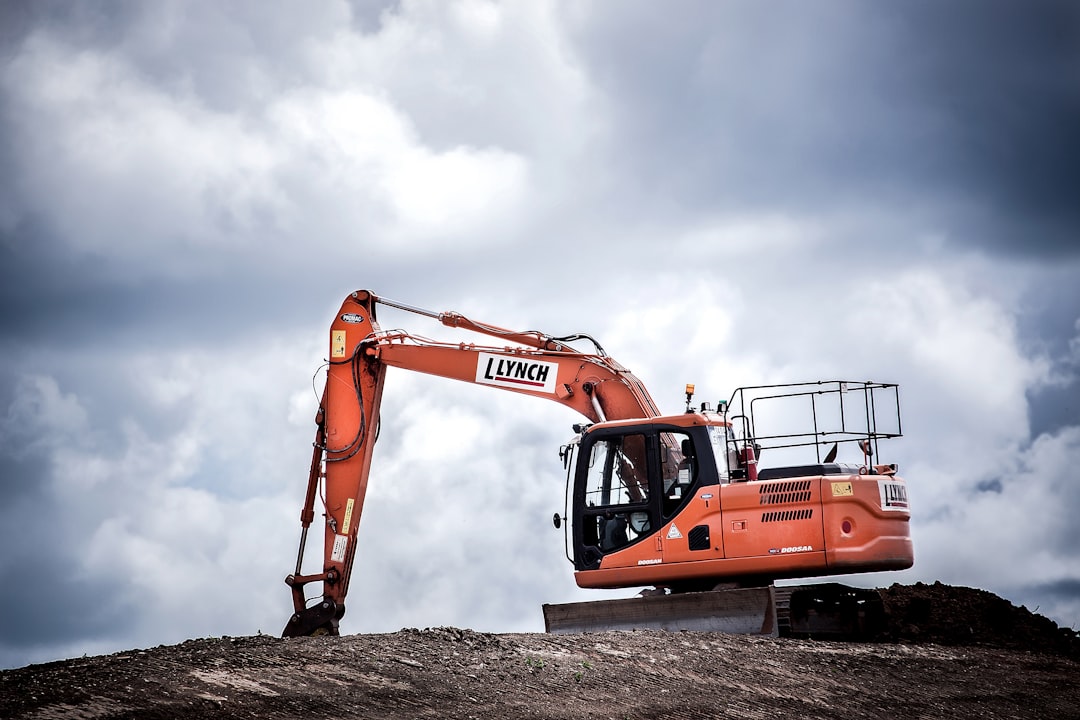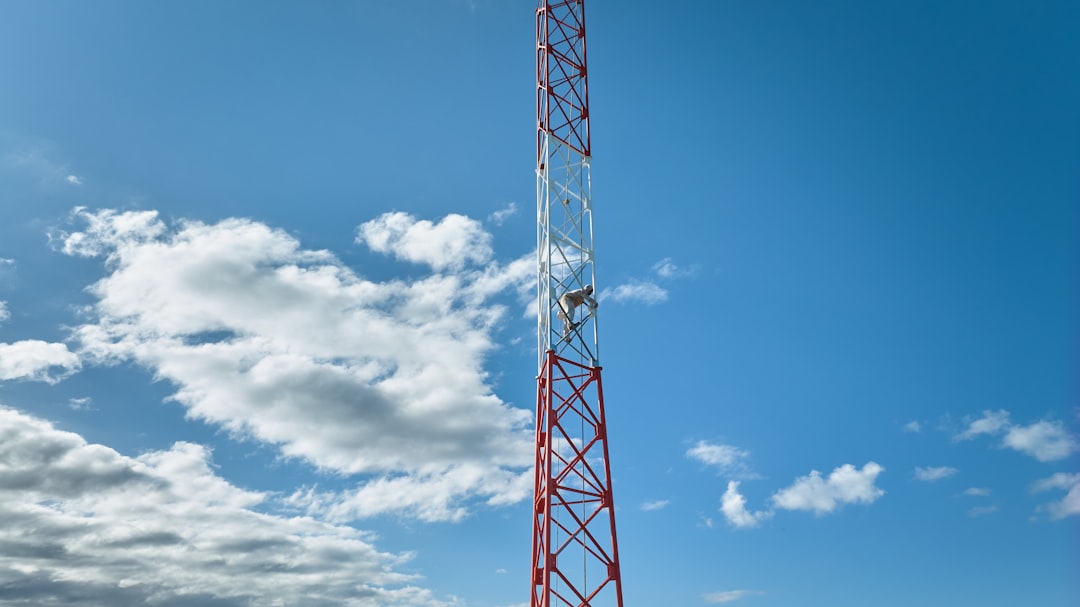
Reliable communication is the backbone of any successful operation, especially in sectors like public safety, logistics, transportation, construction, and event coordination. In these environments, modern push-to-talk (PTT) communication devices have evolved far beyond simple walkie-talkies. Today’s PTT equipment combines real-time voice transmission with advanced connectivity, durability, and smart integration features. Choosing the right device can dramatically impact team coordination, response times, and operational safety.
When evaluating a modern push-to-talk communication device, professionals should take into account several critical features. Below is a breakdown of the key characteristics to consider to ensure your investment supports your unique communication needs.
1. Network Compatibility
Modern PTT devices are no longer limited to line-of-sight communication like traditional two-way radios. Many now operate over cellular networks (3G, 4G, LTE, and even 5G) and Wi-Fi, drastically increasing their range and flexibility. When selecting a PTT device, confirm whether it supports:
- Nationwide or global coverage via mobile networks
- Wi-Fi fallback options for indoor use or low-signal areas
- Multi-network support (SIM card compatibility or dual-network functionality)
For teams that operate across vast distances or in complex urban environments, staying connected without signal interruptions can be operationally vital.
2. Audio Quality and Noise Cancellation
Effective communication relies heavily on clarity, especially in high-noise environments such as construction sites or manufacturing floors. Look for devices that offer:
- High-decibel speaker output
- Active noise cancellation using dual microphones or digital processing
- Automatic volume adjustment that responds to ambient noise
These features help ensure that mission-critical information is transmitted and received without errors or the need for repetition.
[h2>3. Ruggedness and Build Quality]
Field-ready push-to-talk devices must endure drops, dust, inclement weather, and extreme temperatures. Professionals should search for devices with ratings such as:
- IP68 dust and water resistance
- Compliance with MIL-STD-810G military specifications for durability
- Shockproof casing and reinforced body design
Those in construction, mining, or emergency services can’t afford to replace devices frequently; durability equals longevity.

4. Battery Life and Charging Flexibility
A long-lasting battery is essential for minimizing downtime and ensuring continuous communication. Quality PTT devices typically offer:
- 12+ hours of battery life on a single charge
- Rapid charging support
- Removable battery options for hot-swapping during long shifts
Consider devices with USB-C or standard charging ports to streamline charging infrastructure across your team.
5. Integration with Existing Systems
Today’s push-to-talk systems are designed to be part of an integrated communication ecosystem. Ideal PTT solutions allow for:
- Interoperability with smartphones, tablets, and desktop applications
- Dispatch software integration for tracking and central control
- Compatibility with leading platforms such as Android or iOS
This ensures seamless communication between field workers and command centers using multiple device types.

6. Security and Privacy Features
In a digital world where data breaches are a serious concern, security cannot be overlooked. Choose a push-to-talk device that provides:
- End-to-end encryption for voice and data transmissions
- Secure login protocols and remote device management
- Geo-fencing and location tracking to improve safety and coordination
These safeguards are especially important for industries handling sensitive or confidential information.
7. Ease of Use and Customization
Finally, a good PTT device should be easy to operate even under pressure. Look for:
- Large tactile buttons that can be used with gloves
- Customizable push-to-talk channels and priority settings
- Voice-activated transmission (VOX) capabilities
User-centered design reduces training time and increases operational efficiency.
Making the Right Choice
The ideal push-to-talk communication device blends robust connectivity, superior audio quality, rugged construction, and advanced safety features. Selecting the right model depends largely on the specific use case, from emergency responders requiring pinpoint precision to warehouse teams who need durable, long-lasting performance.
By carefully weighing each of these core features, companies and agencies can ensure they invest in equipment that enhances communication, boosts productivity, and ultimately supports mission success.






